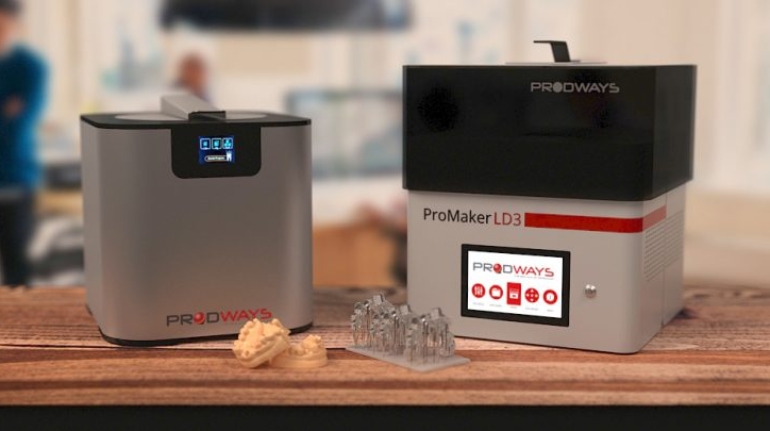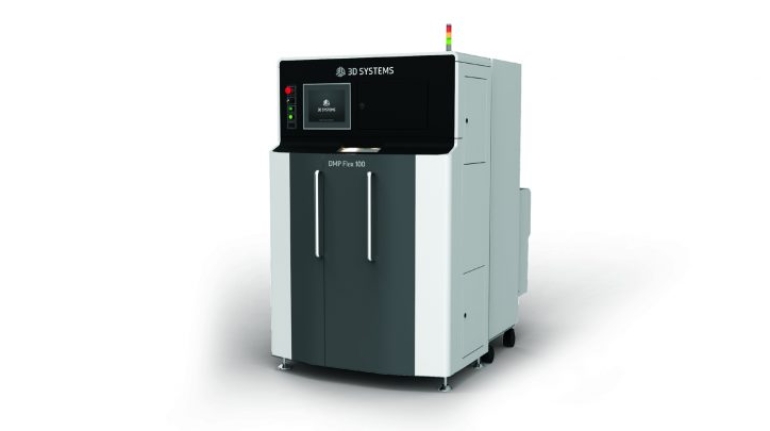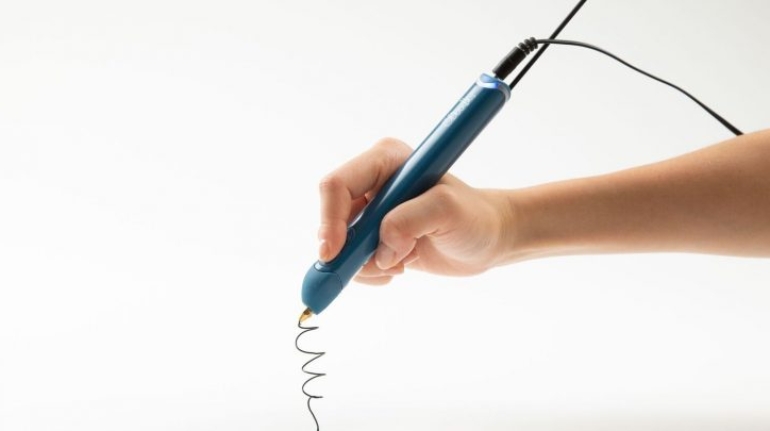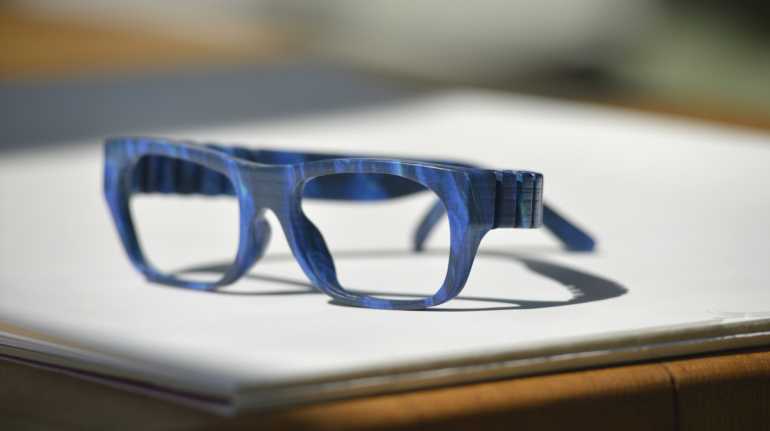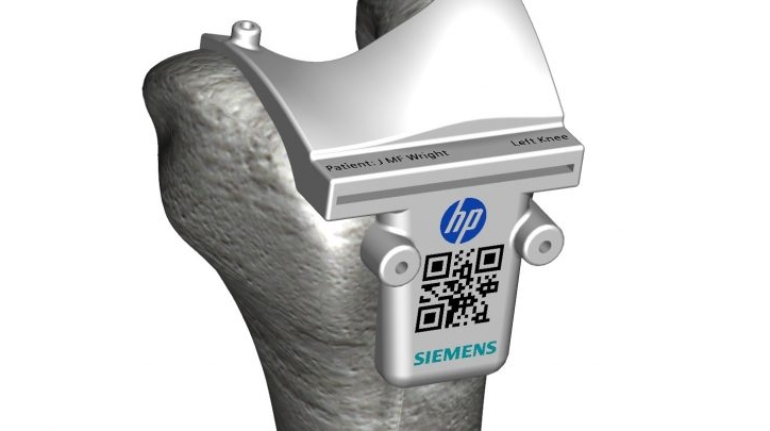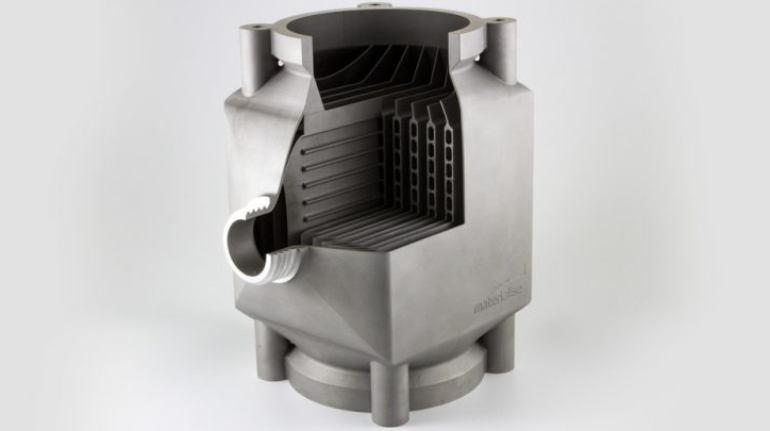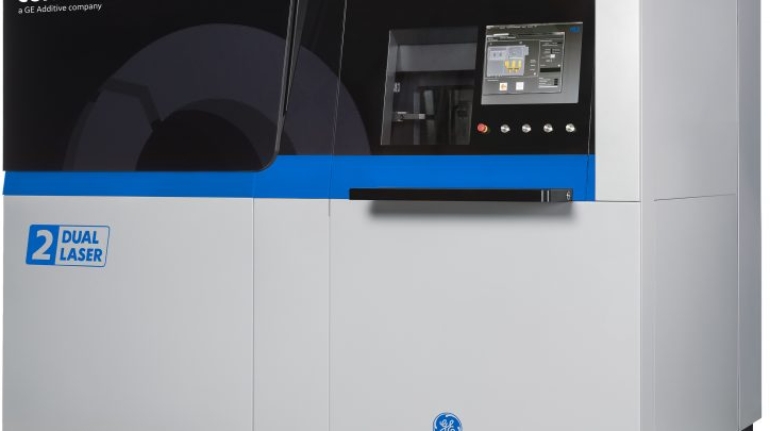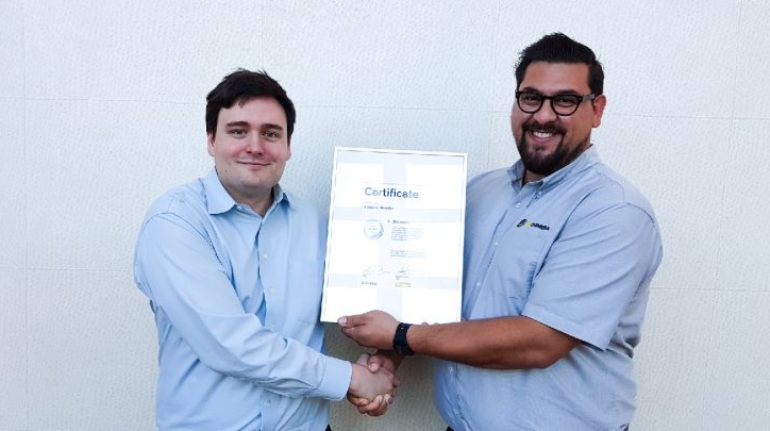Prodways announces new compact ProMaker LD-3 DLP 3D printer Marketing and Content
French 3D printing company Prodways Group, a subsidiary of Groupe Gorgé, has announced the launch of a new 3D printer, the compact ProMaker LD-3, for the dental, jewelry, education and prototyping markets. Introduced in partnership with W2P, the new 3D printer is based on Prodways’ UV-LED DLP technology.

